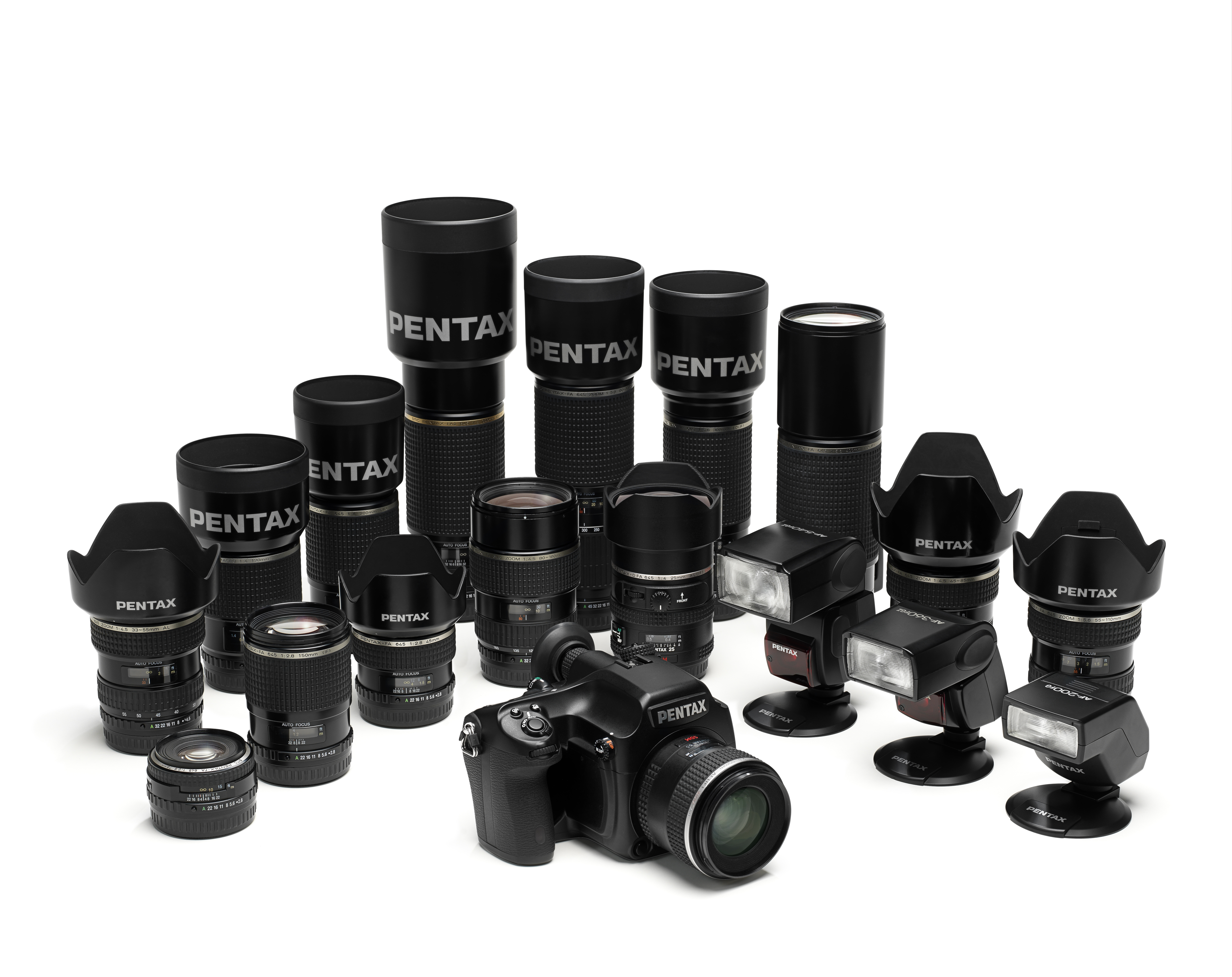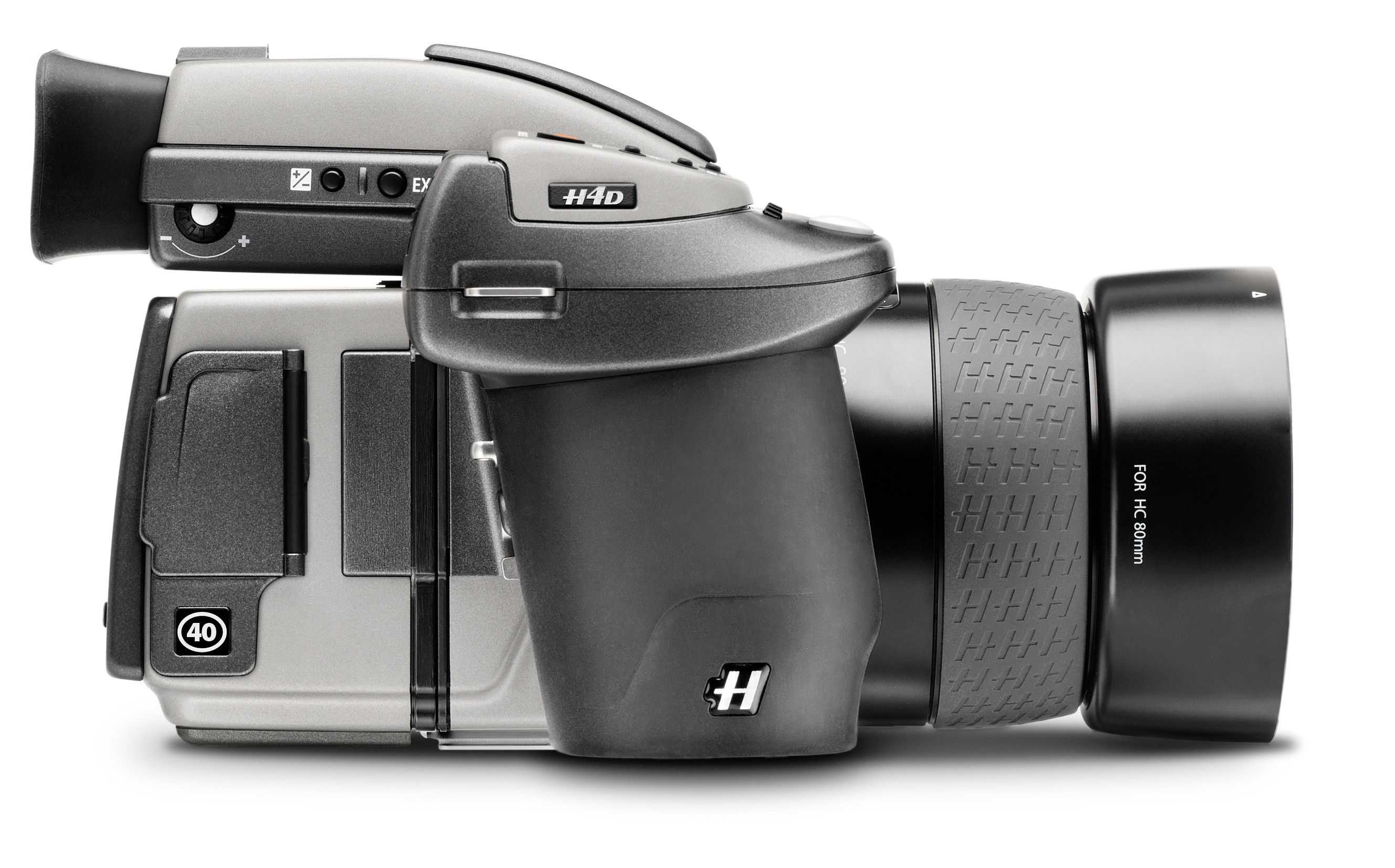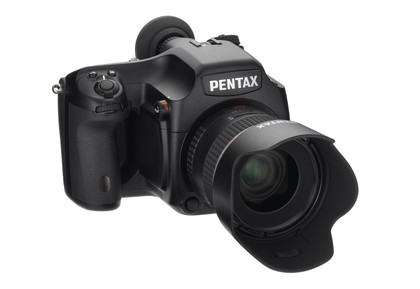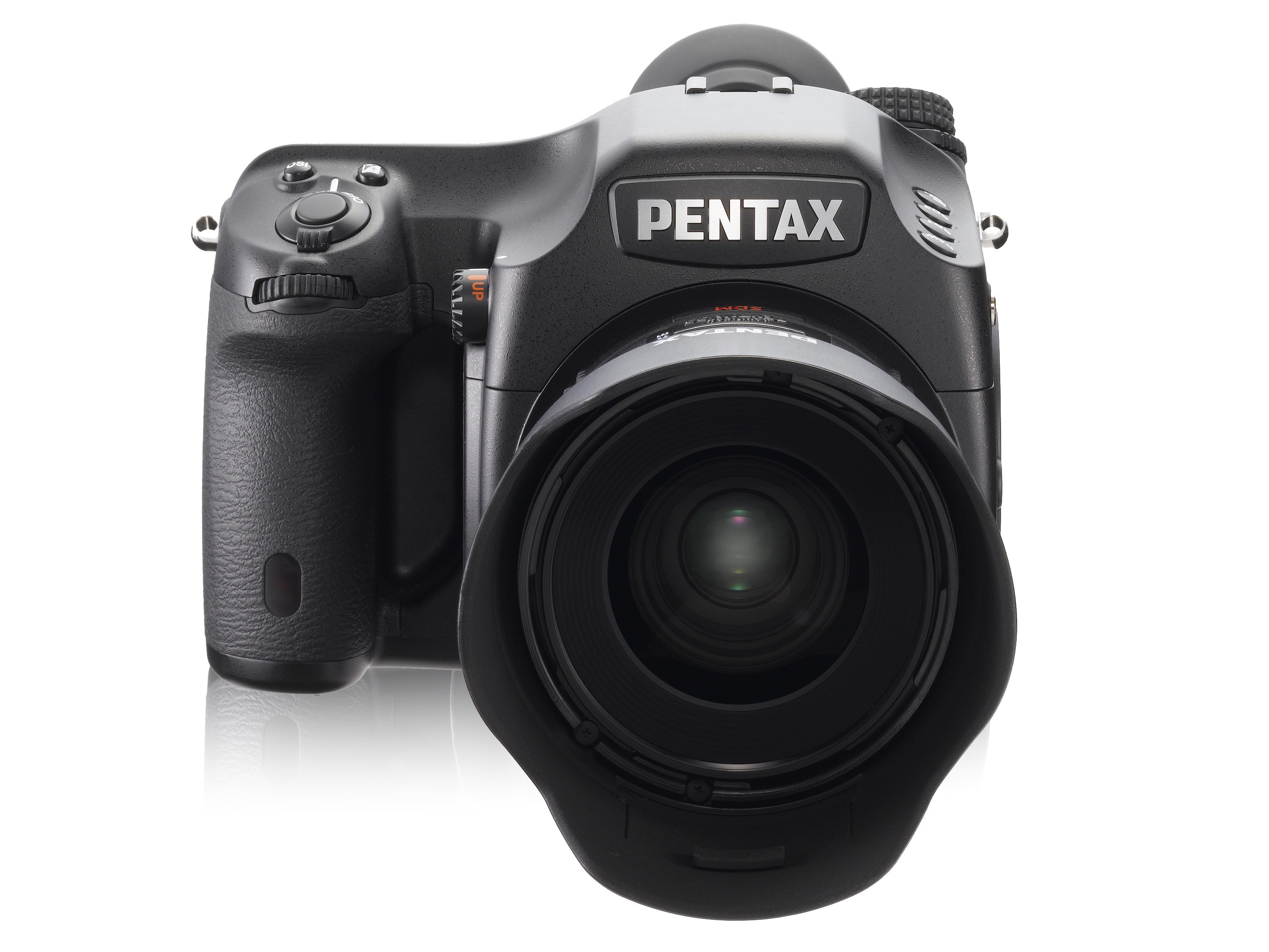Why you can trust TechRadar

Medium format digital cameras such as the Pentax 645D don't tend to aim to match the blistering operational and continuous shooting speeds of their pro-level DSLR counterparts, so if you're an action photographer - with the Pentax 645D's burst rate reaching 1.1fps - needless to say this isn't the sort of camera that will benefit you.
In operation, the Pentax 645D's sophisticated 11-point autofocus system - which offers nine cross-type sensors - is fast and accurate when working in good light.
In comparison to a high-end DSLR, such a small array of points - which are arranged around the centre of the frame - may seem a little restrictive. However, compared to medium format rivals, which tend to offer fewer AF points, the Pentax 645D looks far more impressive, particularly in that it offers a continuous AF mode that works pretty well, all things considered.

When the light levels drop, however, the AF system starts to struggle, at which point you may find it preferable to switch to manual focusing. Although working manually is perhaps not ideal if time is of essence, the Pentax 645D does offer a helping hand in the shape of a focus confirmation light, which appears in the viewfinder display once a lock has been achieved.
Thanks to the huge files that the Pentax 645D's processing engine has to deal with, the time taken for an image to be written to your memory card can be anything up to just over 10 seconds (raw or JPEG files).
Thankfully, however, you're only locked out of the controls for about a second before you're free to take the next shot. But you will be in for a bit of wait (about 3-5 seconds on average) if you want to check the image you've just taken, which isn't ideal if you're conducting a fast-paced fashion shoot, for instance.

Outdoors, colours captured by the Pentax 645D are true-to-life, with a good spread of tones and hues that pack enough punch to give them a lift, without resorting to over-saturation.
Indoors, the Auto WB does a fairly good job at producing colour-cast free images, but there was the odd occasion where it was necessary to take a custom reading in order to get things looking perfect.
Shooting raw files obviously gives you the most flexibility when it comes to processing, although the level of detail and the colours reproduced in JPEGs straight out of the camera is very impressive. There are in-camera colour adjustment options, including portrait and Landscape settings, plus Muted, Vibrant, Bright, customisable Monotone and a quirky Reversal Film setting.
The 77-segment metering system that we originally experienced in the Pentax K-7 has been put to good use in the Pentax 645D. On the whole, exposures proved to be very accurate, albeit with a slight tendency towards underexposure - although this does lessen the likelihood of ending up with unrecoverable, blown-out highlights and produces an overall richer look to the colours.

When it comes to detail, the Pentax 645D's huge 40MP images never fail to impress. This is - of course - what you pay the extra cash for over a 35mm DSLR: the unrivalled level of image quality that only a medium format sensor can really provide.
By default, JPEGs are beautifully detailed and sharp, although if you prefer total control, then selecting one of the camera's two raw file formats - Pentax's proprietary PEF or the universal-format DNG - is the way to go. A seemingly inexhaustible level of detail can be pulled from both the highlights and the shadows in the Pentax 645D's raw files, and the fact that you have the option of shooting DNGs means that your existing RAW editor will almost certainly enable you to get straight to work on your shots, with no additional plug-ins or software required.
While the Pentax 645D may not offer the same sort of expansive list of ISO sensitivities that we've seen on top-end DSLRs of late, the goal with this camera seems to be to provide quality over quantity.
Our lab tests showed that the Pentax 645D doesn't match up to the signal-noise ratio of two of the current market-leading full-frame models, the Nikon D3x and Canon EOS 1DS MKIII.
But in real life situations, images shot throughout our medium format model's native sensitivity range (ISO 200-1000, with 100 and 1600 being extras) actually look pleasingly clean. At the top settings, noise is visible, but it's film grain-like, plenty of detail is retained and colours remain faithful for the most part, making it perfectly possible to successfully clean up shots taken at ISO 1600 - particularly if you shoot raw.
Current page: Performance
Prev Page Build quality and handling Next Page Image quality and resolution